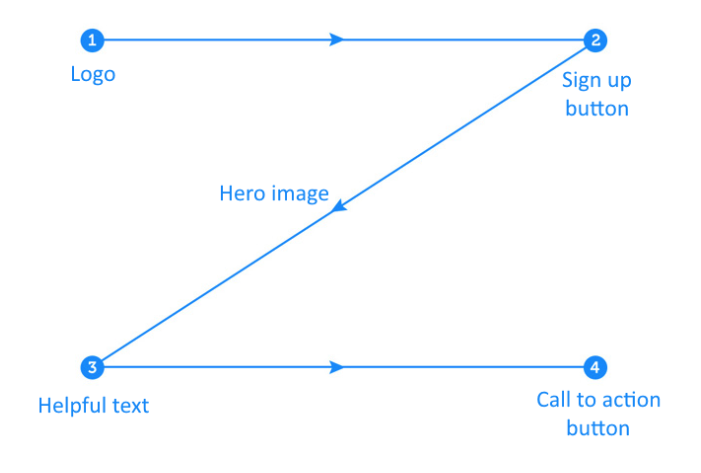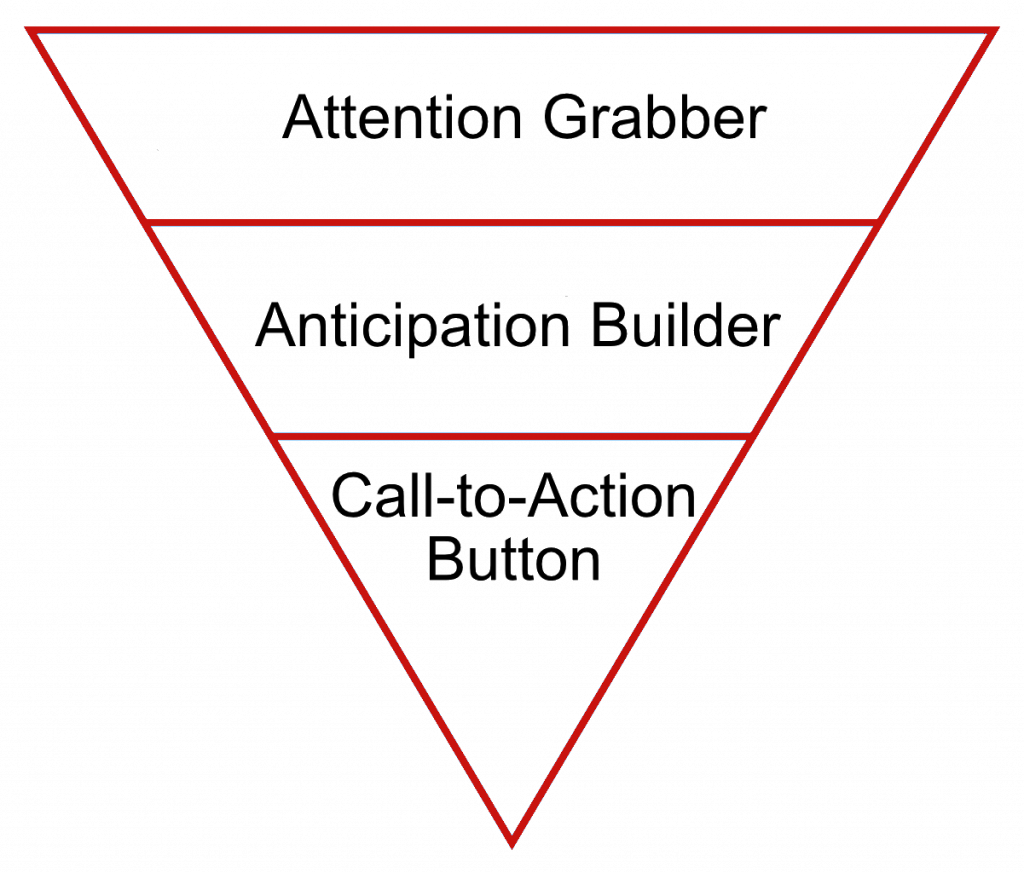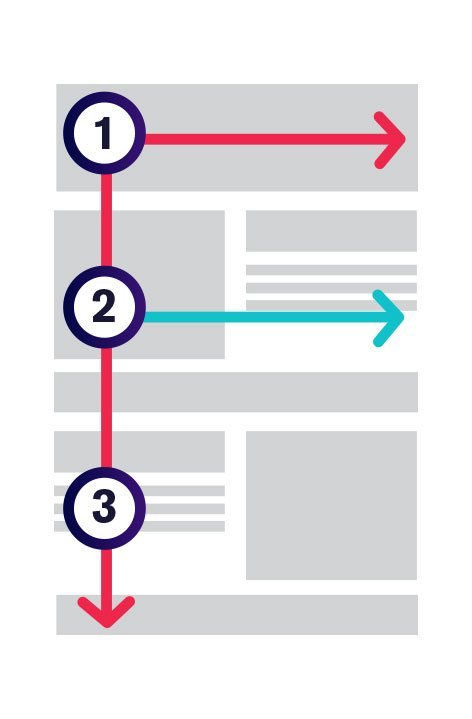
Sending emails is a tried-and-true marketing tactic – and they deliver massive ROI. According to Hubspot, email marketing generates $42 for every $1 spent. That’s why 4 out of 5 marketers would rather give up social media than email marketing.
But ensuring that your prospects and customers open and click through your marketing emails is a never-ending battle. Everyone has different preferences, which makes it impossible to know for sure how to design your email templates in a way that will inspire recipients to take action. Should you include a lot of text or make it brief? Are images a good idea, and if so, which ones and where should you place them? Should the call to action (CTA) be a button or a link, and where on the page will it get the most attention?
In 2022, an average 21.5% of emails were opened across industries, with a clickthrough rate of just 2.3%. Why aren’t the clickthrough rates higher? While analyzing prior sends and A/B testing can help you fine-tune your email templates, there’s no silver bullet.
BDO Digital has a lot of experience creating and executing email campaigns for clients, with consistent and notable success. So, we’ve put together the following best practices for winning email templates, to help guide your efforts as you leverage this reliable and cost-effective method for driving demand:
1. Make the first impression count.
When someone receives an email, the first thing they see is the “envelope,” which includes the sender’s name, subject line and preview text. Spend some time crafting these carefully, because whatever is contained here will get your recipient to either open your email or swipe to delete:
- Sender lines should contain a person’s name, your company’s name, or something that signifies the type of content contained in the email, i.e. “YourCompany Newsletter.”
- Subject lines should be engaging and no more than 70 characters in order to fit nicely only the recipients’ mobile screens.
- The preview text should succinctly state the gist of the email’s content, to provide more information that would inspire a recipient to open the email.
Optimizing the envelope that contains your marketing email in these ways is an essential first step to increasing open rates.
2. Apply a visual hierarchy.
When you lay out the content of your email, you have creative liberty, but choosing an appropriate hierarchy can help highlight the most important messages and lead your reader through the content to the CTA. The following are a few good choices:
- Z pattern: The Z pattern leads the reader from left to right, then down the page back to the left, then right again in a Z pattern.

- Inverted triangle: This hierarchy mimics the proven structure for news articles, which begins with the most important message at the top, followed by additional information in the middle and ending at the bottom with a call to action.

- F pattern: The F pattern follows the way people in western civilizations read documents, starting at the left and moving to the right, then returning to the left as you move down the page. In this pattern, all of the important information should be placed on the left, with supplementary information to the right.

Whichever pattern you choose, make sure you have a plan. Don’t just throw various elements on the page; think about how readers will view and consume the information you’re presenting, and organize the email’s components accordingly. Separating sections of your email can also help to guide your reader through the content and digest it quickly.
3. Use contrast.
People scan emails. To ensure they find and read the most important messages in your email content, use contrast to make them pop from the page. Bold dates, quotes or product names, or set them apart with color. Change the size of your font to establish messaging hierarchy and encourage readers’ eyes to land on key phrases. Use buttons to highlight CTAs and encourage clicks.
4. Include images – but be careful!
Don’t clutter your email with random images – use them only if they add value. Why? Because images can take a long time to load. They can also confuse readers if they don’t closely align with your messaging. When possible, use your own images – product photos, employee headshots or infographics, for example – rather than stock photos that recipients may have seen elsewhere. Finally, make sure to use PNG or JPEG images that are between 600-650 pixels to ensure they display properly.
5. Get personal.
McKinsey found that 71% of consumers expect brands to deliver personalized interactions, and 76% get frustrated when they don’t. Although AI-driven personalization may be in the distant future, manually personalizing your emails is always a smart option.
To get personalization right, it’s essential to make sure your audience is properly segmented and your data is accurate.
Smart Email Marketing Strategies Pay Off – and We Can Help
From writing engaging copy to designing email templates and executing email sends, implementing proven best practices can help you improve your results. BDO Digital provides turnkey Campaign Services to help you maximize the impact of your email marketing, and drive higher open rates and conversions. Contact us today to get started.
The post 5 Best Practices for Designing Winning Email Templates appeared first on DemandGen.





















